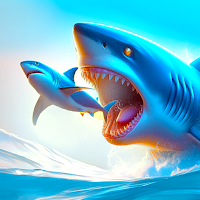
 Safety
Safety




Editor's Review
Shark Universe is not just another title in the glut of aquarium-simulation games; it is a nascent cosmos where every poshser and glimmer of sunlight on turquoise water and distant hum of a seaborne research sub is an incidental piece of a living history that the player both witnesses and constructs. Based across a single contiguous archipelago extending from the glassite shallows of Coral Garden to the crushing midnight of Abyssal Rift, the game starts with an individual juvenile blacktip reef shark slipping free from a mangrove nursery. And from that point on, the ocean is just an open world and its edges aren’t really the invisible walls kind of edges but more like the pressure-temperature-hunger meter edges." Each reef, wreck and thermal vent was crafted from satellite bathymetry data, then textured by artists who had spent months free-diving with real sharks, so the sway of kelp and the dappled camouflage felt photographed, not modeled.
Shark Universe is also built around a complex progression system. Growth is literal. You start out the size of a housecat and then, by eating nutrient-rich prey and performing ecological challenges, can grow into a six-meter great hammerhead whose cephalofoil can be upgraded with bio-luminescent nodules or titanium-reinforced edges cannibalized from submerged drones. But size is only half the tale. Genetic drift points — given for probing new biomes, and for not dying despite those biomes’ hazards — let you spool wild found adaptations together: mako muscle fibers that double burst speed, thresher tail blades that flail your caudal fin like a whip, goblin shark jaws that extend on hydraulic cartilage. The skill tree is tidal in shape, branching and recombining so no two apex predators are the same.
The multiplayer is integrated into the single-player canvas that brings out the single-player game, rather than tacked on. Drop-in pods allow friends to control remora drones that snap onto your flank, scanning plankton blooms or hacking illegal fishing nets with real-time views. Seasonal occurrences — coral spawning, red tides, ghost-net storms — change server-wide migration routes, provoking temporary alliances between tiger sharks and sea turtles as they flee low-oxygen dead zones. There are competitive arenas, but they are presented as research tournaments in which players tag great whites for science, rather than for kicks, and the data that players collect is recycled back into the constantly updated living bestiary against which every subscriber plays.
Sound design deserves special mention. It recorded hydrophone arrays from the Mariana Trench to the Ross Sea, then composed a reactive score that changes whenever your lateral line feels a struggling prey or the tinny clang of a cage diver’s tank. Headphones are to you a second gill slit; you can, I suppose, “hear” your thermoclines ringing out as warm chords, your oil leaks oxidizing into sour dissonance.
In the end, Shark Universe is more a love letter in serrated teeth and salt. It dares imagine that the ocean is large enough to accommodate both wonder and warning, that a videogame can allow us to taste what it is to be feared, endangered, and indispensable all at once.
By Jerry | Copyright © JoyGamerss - All Rights Reserved












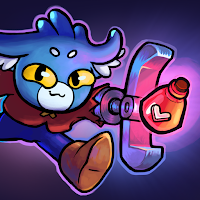

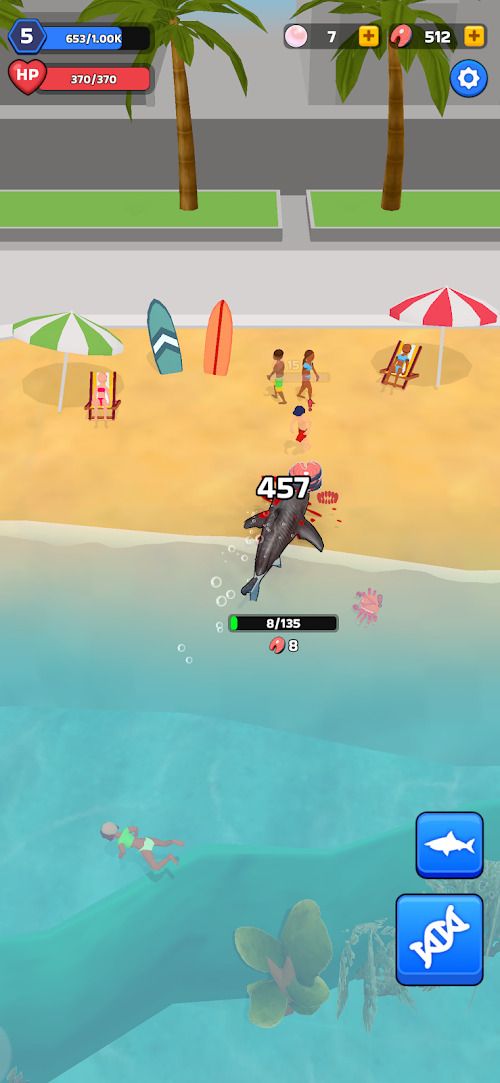
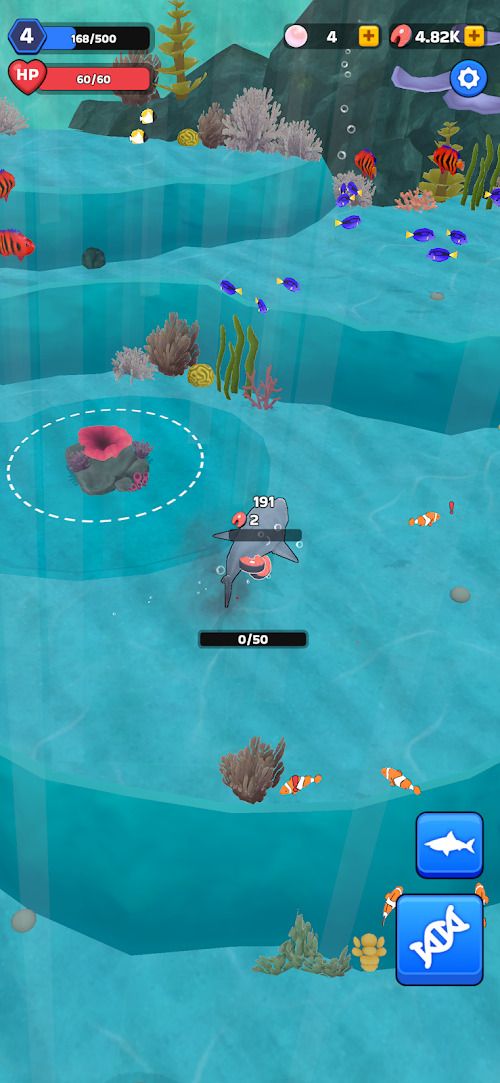
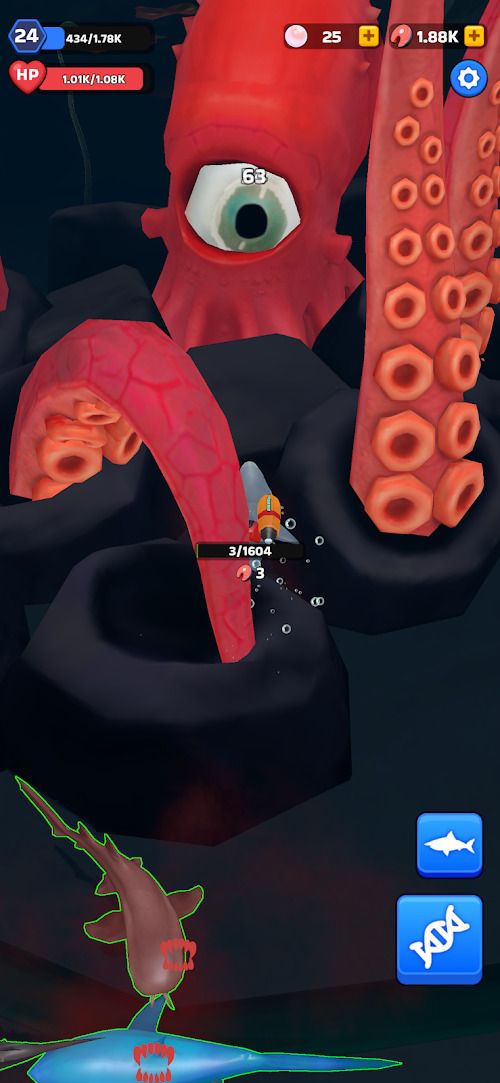
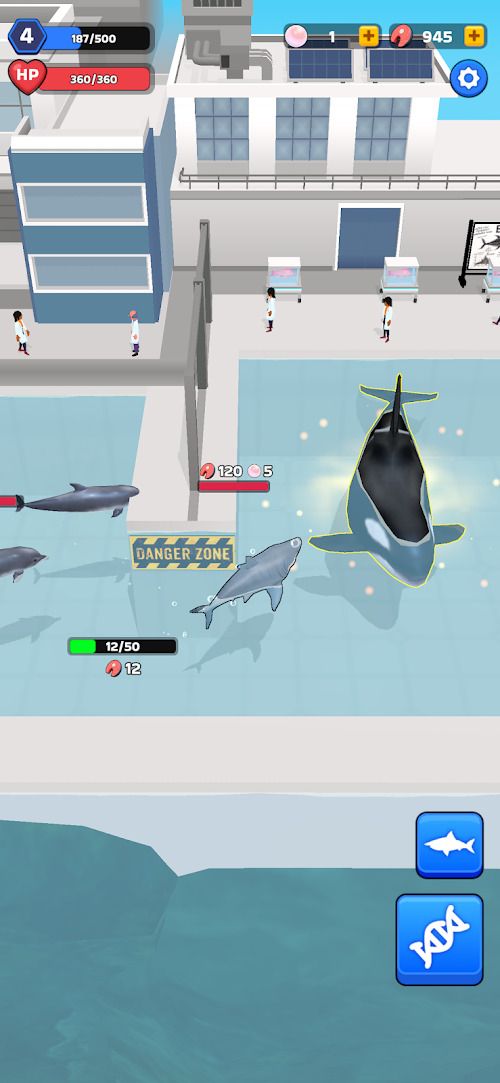
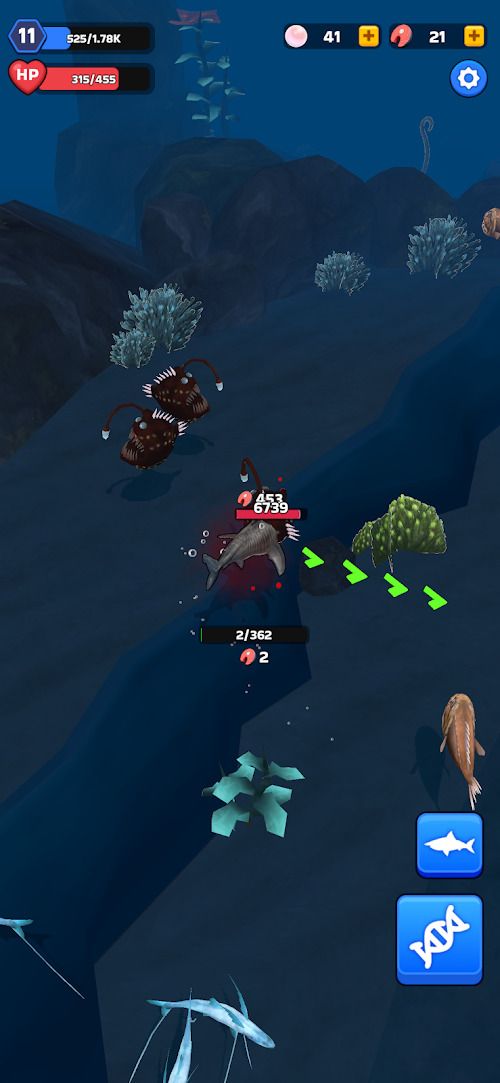
















Comments